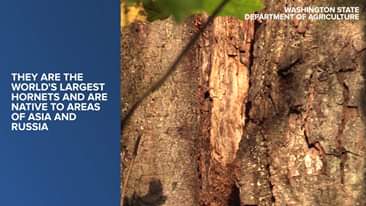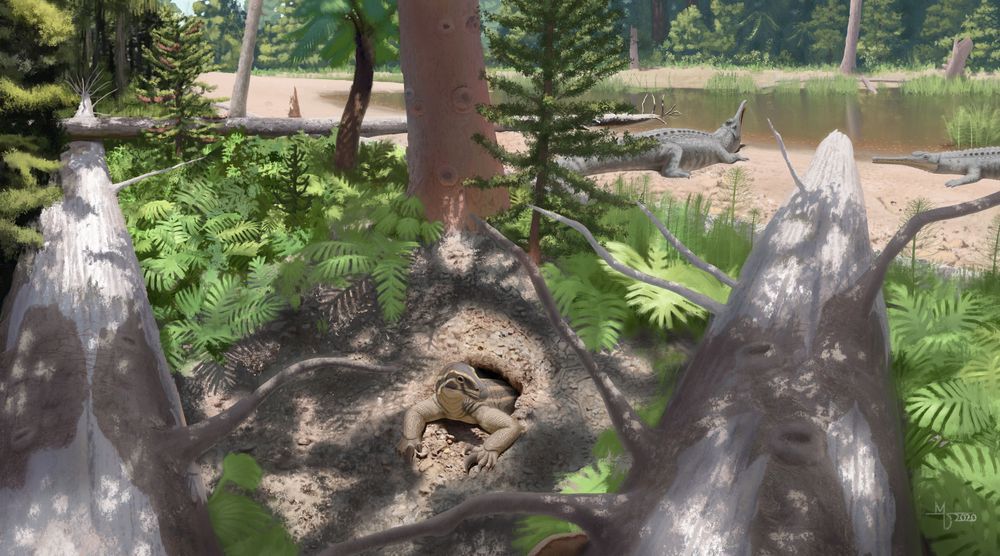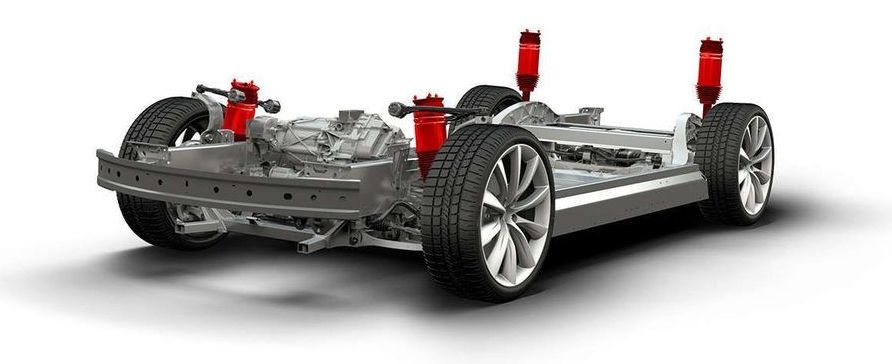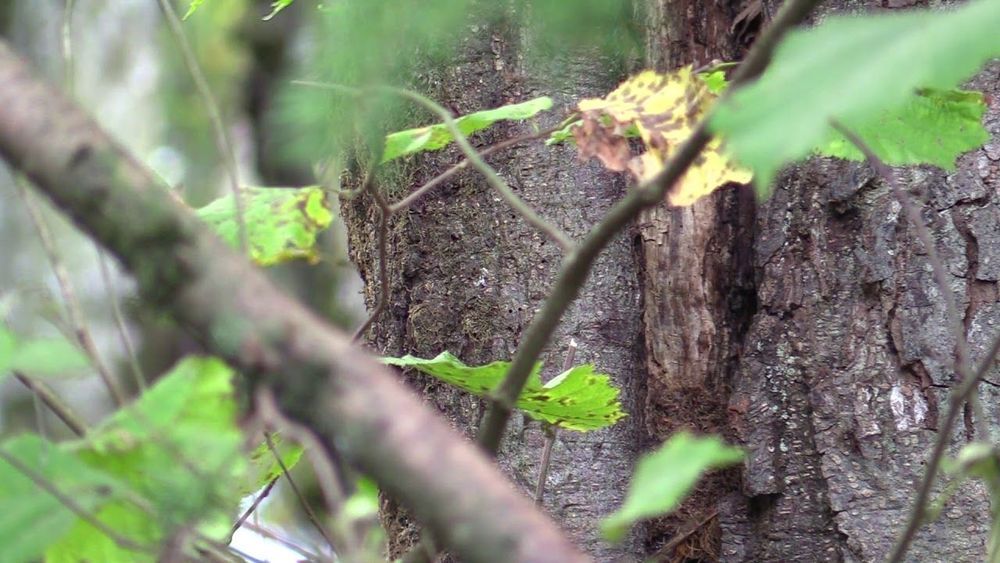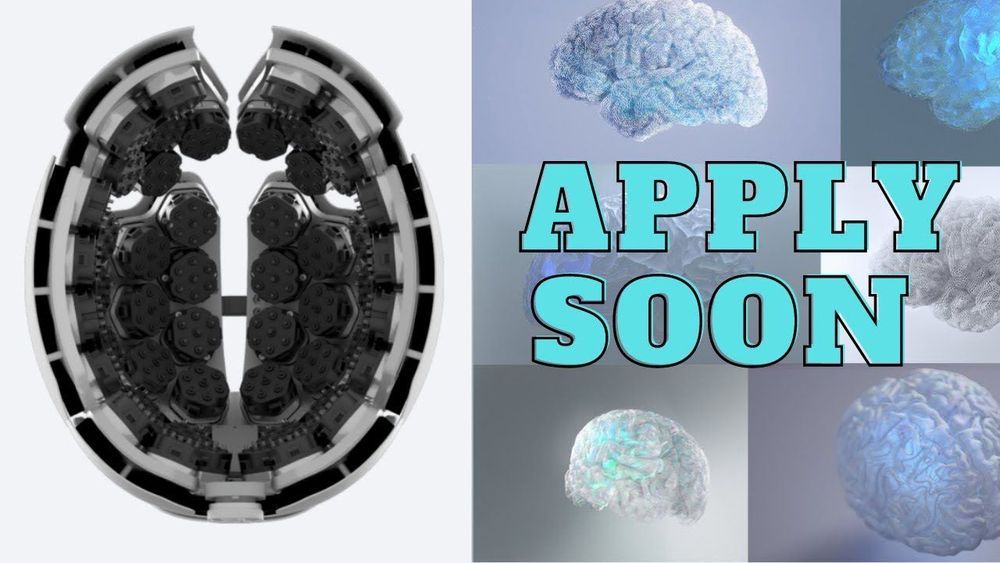No thank you!! 🙅♀️🙅♂️ A nest of Asian giant hornets, aka Murder Hornets, was found for the first time within the U.S. in Washington state. State officials plan to eradicate the invasive species. https://bit.ly/37xshZj
A new species of prehistoric reptile has apparently been discovered within the depths of the Petrified Forest National Park in northeastern Arizona.
Named Skybalonyx skapter, the fossilized remains are believed to be a new species of drepanosaur, a reported 220-million-year-old burrowing reptile that potentially looked like a combination of an anteater and chameleon, the Petrified Forest National Park said Tuesday in a news release.
Skybalonyx skapter, though, may have looked even more peculiar, the release said.
The patient spoke to his father for the first time in eight years, but the effect was short-lived.
Tesla is arguing that there’s actually no defect with its Model S/Model X suspension and that China is basically forcing an unnecessary recall.
Earlier today, we reported on Tesla recalling almost 30,000 Model S and Model X vehicles that were shipped to China over an alleged issue with its suspension.
As we stated in the report, there were a few things that were strange about this report — primarily the fact that it only affected Model S and Model X vehicles sent to China between 2013 and 2017 even though those vehicles were produced in the US, and Tesla used the same suspension as all other Model S and Model X produced during that period.
The presence of a Asian giant hornet nest, also known as murder hornets, has been confirmed in Washington state.
“The rumors are true — our entomologists located the first-ever #AsianGiantHornet nest in the U.S. late yesterday,” a tweet from the Washington State Department of Agriculture reads. It also includes a video of the nest.
Asian giant hornets are the world’s largest hornet and are native to areas of east Asia, south Asia and parts of eastern Russia.
Looks like there is another way to use plastic bottles.
Why not use your old plastic bottles as the joining material?
Featured image: TransAlta / Twitter One of Tesla’s main goals is the deployment of energy generation and storage systems. These microgrids can provide electricity to homes, relieving our dependence on a mine-and-burn hydrocarbon economy. Tesla currently has over 120 operational microgrids around the world, which is an excellent confirmation of the company’s success in achieving its goals.
Physicists confirm the presence of a second layer if information in DNA that determines how it folds and what kind of cells it creates.
Security on the internet is a never-ending cat-and-mouse game. Security specialists constantly come up with new ways of protecting our treasured data, only for cyber criminals to devise new and crafty ways of undermining these defenses. Researchers at TU/e have now found evidence of a highly sophisticated Russian-based online marketplace that trades hundreds of thousands of very detailed user profiles. These personal ‘fingerprints’ allow criminals to circumvent state-of-the-art authentication systems, giving them access to valuable user information, such as credit card details.
Our online economy depends on usernames and passwords to make sure that the person buying stuff or transferring money on the internet, is really the person they are saying. However, this limited way of authentication has proven to be far from secure, as people tend to reuse their passwords across several services and websites. This has led to a massive and highly profitable illegal trade in user credentials: According to a recent estimate (from 2017) some 1.9 billion stolen identities were sold through underground markets in a year’s time.
It will come as no surprise that banks and other digital services have come up with more complex authentication systems, which rely not only on something the users know (their password), but also something they have (e.g. a token). This process, known as multi-factor authentication (MFA), severely limits the potential for cybercrime, but has drawbacks. Because it adds an extra step, many users don’t bother to register for it, which means that only a minority of people use it.
Application available for 10 Free Brain Computer Interfaces from Kernel! Noninvasive helmet like design using near infrared light.
Han from WrySci HX puts together a supercut from the Kernel Livestream. Find out how it works, what you can use it for and how to apply for a chance at a free brain computer interface. More below ↓↓↓
Follow me on twitter: https://twitter.com/han_xavier_
